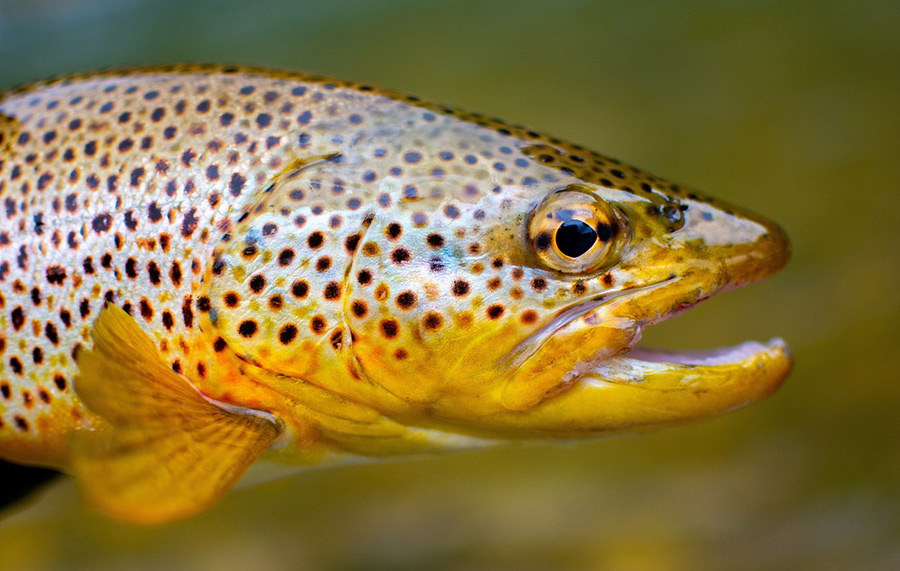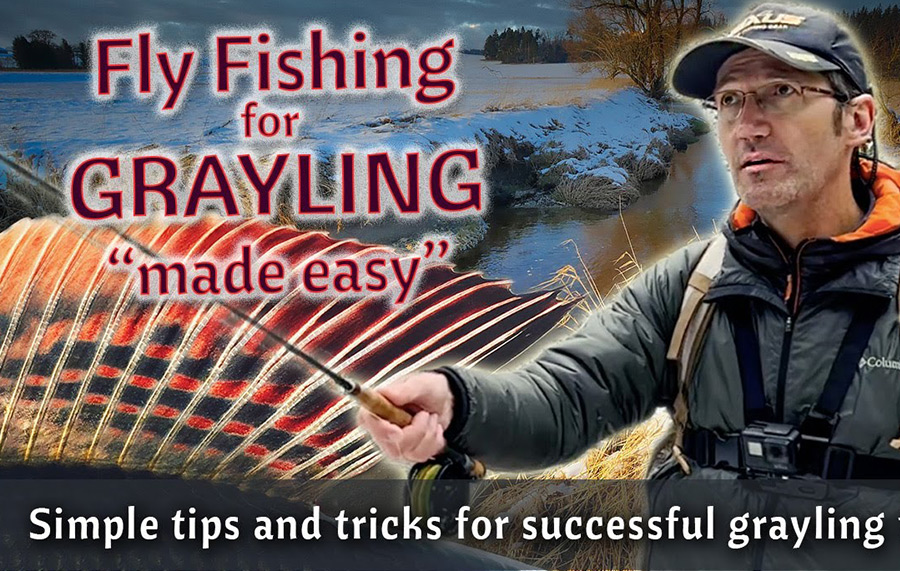Top 10 Fly Patterns for Successful Trout Fishing
Category: Fly Tying for Beginners
Fly tying for trout fishing has a long and rich history that dates back to the early days of fishing. It is believed that the art of fly tying originated in Scotland and England in the early 1600s, where anglers began using feathers, fur, and other materials to imitate the insects that trout feed on.
Fly tying quickly gained popularity among anglers, who realized that by tying their own flies, they could create lures that more closely resembled the natural insects in their streams and rivers. This made their fishing more effective, as the trout would be more likely to take their fly as bait.

As fly fishing became more popular, so did the art of fly tying. By the mid-1700s, the first fly-tying manuals were being published, and by the 1800s, fly tying was a well-established art form, with its own materials, tools, and techniques.
Today, fly tying for trout fishing is a thriving and popular hobby, with millions of anglers around the world tying their own flies for the sport. With advances in materials, tools, and techniques, fly tying has become easier and more accessible than ever before, and the art continues to evolve and grow.
Here are TOP 10 fly patterns for trout
- Adams Dry Fly
- Elk Hair Caddis
- Pheasant Tail Nymph
- Wooly Bugger
- Royal Wulff
- Purple Haze
- Hare's Ear Nymph
- Griffith's Gnat
- Soft Hackle
- Stimulator
Find detailed information about fly tying equipment and technics in our further articles
Here is a list of equipment you'll need to start tying trout flies:
- Fly Tying Vise: A fly tying vise is used to secure the hook and hold it steady while you're tying the fly.
- Scissors: Sharp scissors are essential for cutting materials and trimming the fly.
- Bobbin: A bobbin is used to hold and dispense the tying thread.
- Whip Finisher: A whip finisher is used to secure the thread and finish off the fly.
- Hair Stacker: A hair stacker is used to stack and align the fibers of hair-based materials.
- Hackle Pliers: Hackle pliers are used to hold and manipulate hackle feathers.
- Dubbing Twister: A dubbing twister is used to spin and distribute dubbing material onto the thread.
- Bodkin: A bodkin is used to separate and distribute dubbing material, as well as to apply head cement.
- Hooks: A variety of hooks in different sizes and styles for different types of flies.
Having these pieces of equipment will provide you with the basic setup for tying trout flies, as well as a variety of other fly patterns.
